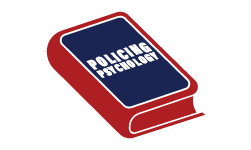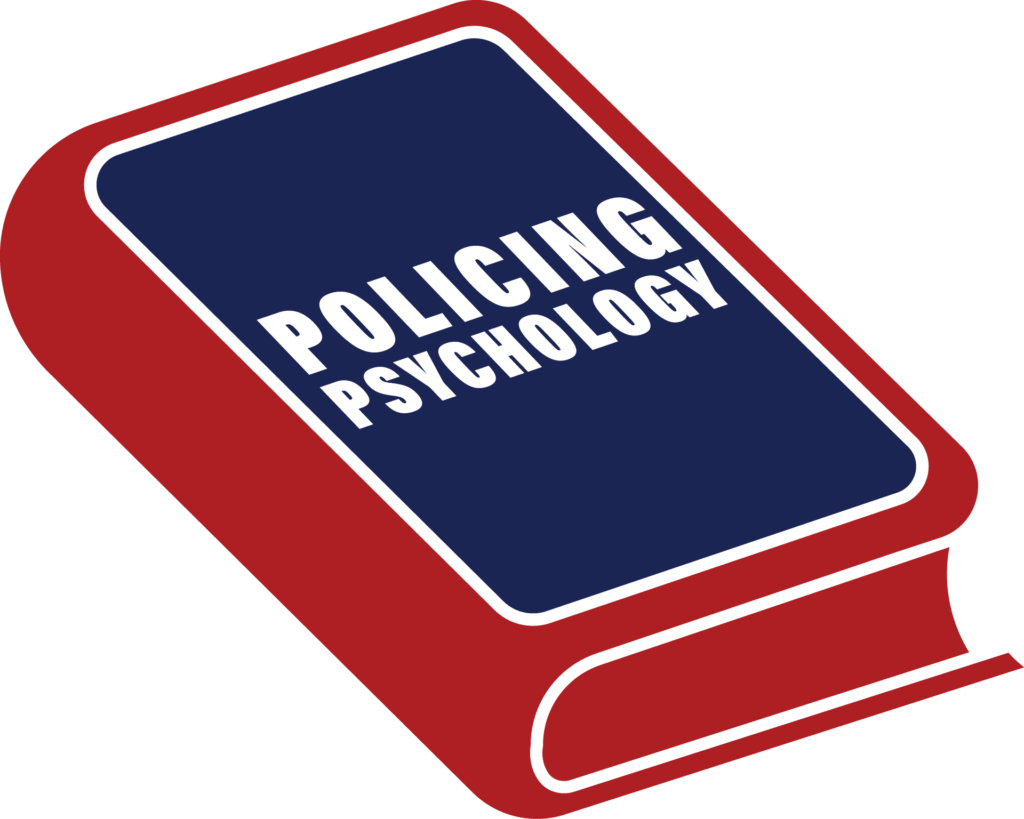Book Recommendation
On killing: The psychological cost of learning to kill in war and society by Lt. Col. Dave Grossman
Why I Recommend This Book:
Law enforcement officers are placed into high-risk situations that require officers to make lethal force decisions in a split second. Those decisions will have life-changing consequences. They can mean the difference between life and death. They can also burden the officer with a baggage of emotional pain that they struggle to understand. Many law enforcement training programs teach officers how to fire a gun but do not provide enough training on the psychology of using lethal force. This book should be mandatory reading for all police officers, during basic training, to prepare them for future lethal force encounters and decisions. Every police officer should read this book!
Resistance To Using Lethal Force:
We as humans, like many other species, have a natural resistance to using lethal force on other people. This likely evolved through millions of years of evolution and is seen in many highly dangerous animals in the animal kingdom, who are lethal to almost anything, except for their own species. For example, piranhas will bite almost anything, except another piranha, as they fight with their tails. Rattle snakes also wrestle each other when they fight without using their lethal bite. Human history has been similar because it has been documented throughout history that even in war, large numbers of people would refuse to kill other people.
What Does Intra-Species Conflict Look Like?:
Lt. Col Grossman describes a progression for combat that goes from posture, submit, flight and fight. Much intra-species combat exists in the posture and submit category. This is important to understand for policing. When you are arresting someone with your gun out, you are posturing, and they will often submit. Lt, Col. Grossman described this as “convince an opponent through sight and sound that they (we as police officers) are dangerous.” However, it is important to understand and be ready for the times when it will lead to both flight and fight, and what that might mean during and after the event. Our training becomes crucial for those who want to fight, as posturing while hoping they submit no longer becomes an option.
Large Numbers of People in History Were Not Willing or Able to Kill:
Lt. Col. Grossman cites multiple examples that were documented by historians that the majority of combatants would refuse to shoot the enemy. He draws on evidence from WWII and the battle of Gettysburg to show that the rate of soldiers firing their weapons was very low.
This Resistance Can Be Overcome Through Conditioning and Training:
The military was able to recognize this resistance to killing as a problem for them in war and adapted their training to change the responses of soldiers. Lt. Col Grossman describes this as operant conditioning, where soldiers are provided with the necessary stimulus in training and conditioned to react with the appropriate response, which is lethal force. Police officers also need to understand this concept. I have spoken to officers after their shooting, where they have said that it felt just like a training day. That is exactly what Lt. Col. Grossman is saying.
Proximity to Threat (physical distance):
The closer the physical distance to your threat, the harder it can be to use lethal force. As Grossman says, “the resistance to the close-range killing of one’s own species is so great that it is often sufficient to overcome the cumulative influences of the instinct for self-preservation, the coercive forces of leadership, the expectancy of peers and the obligation to preserve the lives of comrades.” A high percentage of police shootings are at close range and generally fit within what Grossman describes as close-range. He says, “at close range the resistance to killing an opponent is tremendous.” He also added, “most simply cannot and will not do it.”
Response to Killing:
Grossman quotes famous psychologist Viktor Frankl, who said, “an abnormal reaction to an abnormal situation is a normal behaviour.” Grossman cites many examples of people vomiting after being forced to use lethal force. I know of friends who have had very strong reactions after an officer involved shooting. Some officers will also describe feeling a sense of pain or loss for the death or injury of the person whom they were forced to shoot, even years after the event. Lt. Col. Grossman reports that others will “feel bad that they don’t feel bad.” I have also heard that reaction from friends after their shootings. Every person and event are unique and any reaction that you might have is ok. It’s ok to be ok and it’s also ok if you are severely affected by it.
Summary
Lt. Col Grossman provides insights for police officers to understand the concept of lethal force situations, along with the long-term psychological impacts of those moments. Understanding these topics, both for the safety of yourself and others during dangerous situations, as well as for the long-term impacts of lethal force situations is critical for police officers. Understanding my natural aversion to using lethal force has allowed me to overcome my psychological injuries from being placed into situations where lethal force was needed. It has also helped me to release accountability for the outcome. The subject chooses their behaviour, which results in the outcome. It is not my burden to bear for their decisions.
Click below for a link to Lt. Col. Grossman’s website to buy a copy of this book.
Click here to read blog post on lethal force decisions for police officers.

